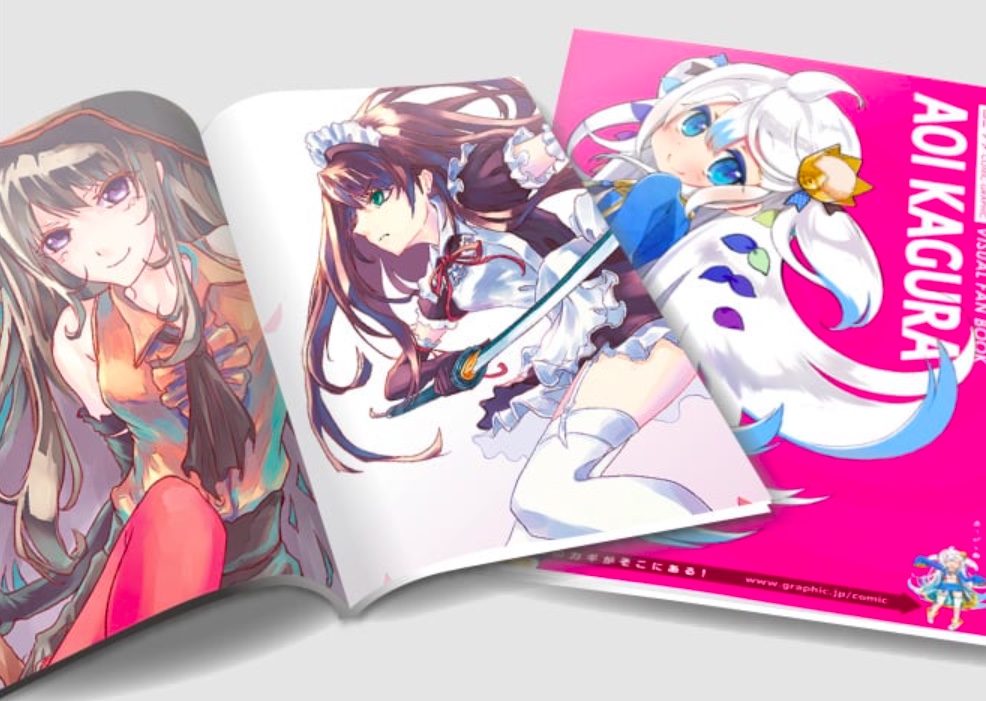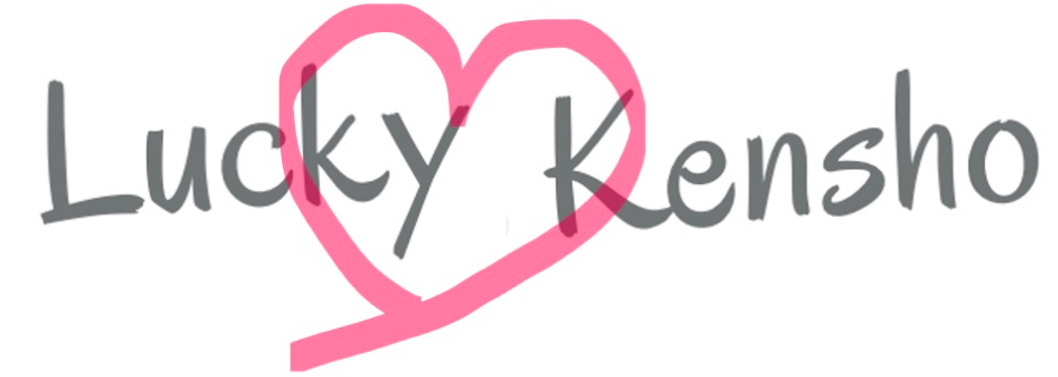Comic Market is celebrated twice a year. It is famously known as the “festival for otaku,” but why do more than 500,000 people gather each time? Let us explore what kind of event Comic Market is.
What is a Comic Market?
Comic Market is the world’s largest coterie magazine exhibition. It is abbreviated as “Comiket”. Many people have probably heard of Comiket, since its often featured in the media. Comiket is held twice a year, in August and December, for three days each.
The total number of public participants during the event is about 500,000 to 600,000.
What is “Doujinshi”?

Comiket is an event that is famous among the public as a “festival for an otaku” (nerds). Many people have images of limited-edition items available only at Comiket, fan-made doujinshis sold, and many people who admire cosplay.
Of all of these, the most notable is the existence of “doujinshi. The definition of “doujinshi” is difficult to define in a few words, but most of the ones seen at Comiket are “fan-made magazines based on anime, manga, games, etc.” These are so-called “derivative works.These are what are called “secondary works.
For example, one might think about “what will happen after the last episode” of an anime, predict that maybe there will be a kind of development” in a certain manga, or fantasize if there is this kind of interaction” between the characters and so on. Doujinshi often depict such a world.
In other words, each fan freely imagines and draws his or her own “what if” world. Cosplay,” in which one becomes a character from an anime or manga, may also be considered a type of derivative creation.
Even if it is the same work or the same character, the range of expression is infinite. You can see ten different expressions and glimpses of a thousand different worlds. This is the main attraction of Comiket.
Not only second creations! The Appeal of Doujinshi
Comiket is renowned as a “festival for otaku. Because Comiket is often associated with anime and manga in the media, it has a strong image of being an event where anime otaku gather.
However, doujinshi found at Comiket is not limited to anime and manga. Here are some examples.
- Train photo books by train fans
- Tank manuals written by military geeks
- Live tour report books compiled by idol lovers
- Introductory books are written by Western music fanatics for beginners
You can find many such doujinshi at Comiket.
Also, while military and idol books are for “maniacs,” what about “gourmet” and “travel” topics, for example?
Food and travel-related doujinshis are popular genres, such as food reportage books on croquette shops in Tokyo, recipe collections specializing in pasta dishes, souvenir catalogs from all over Japan, and introductions to recommended sightseeing spots in Kyoto. Even if you say you are not a geek of anything, you will surely find these magazines interesting.
On the other hand, there are also doujinshi that are so nice that they are hard to find in commercial magazines.
Some of the ones I have seen include a collection of folk tales from a certain region, a manual of ancient swimming techniques, a how-to book on black magic and magic circles, and a collection of photos of outdoor air-conditioners found in residential areas. I was surprised to hear, “Someone likes it! (*compliment), and when you read them, they are unexpectedly interesting. There are also people who make handmade accessories.
As you can see, Comiket, as a “festival for otaku,” does not only target people who like anime and manga. It is a place where you can meet all kinds of hobbyists and their prejudices, and a free space where any kind of expression can be accepted.
However, as reported in the media, the crowds can be quite large, and it is difficult to recommend this event to others.
If you go after noon, you may be able to avoid waiting in line for admission. If you are interested, feel free to visit the event.




Comments